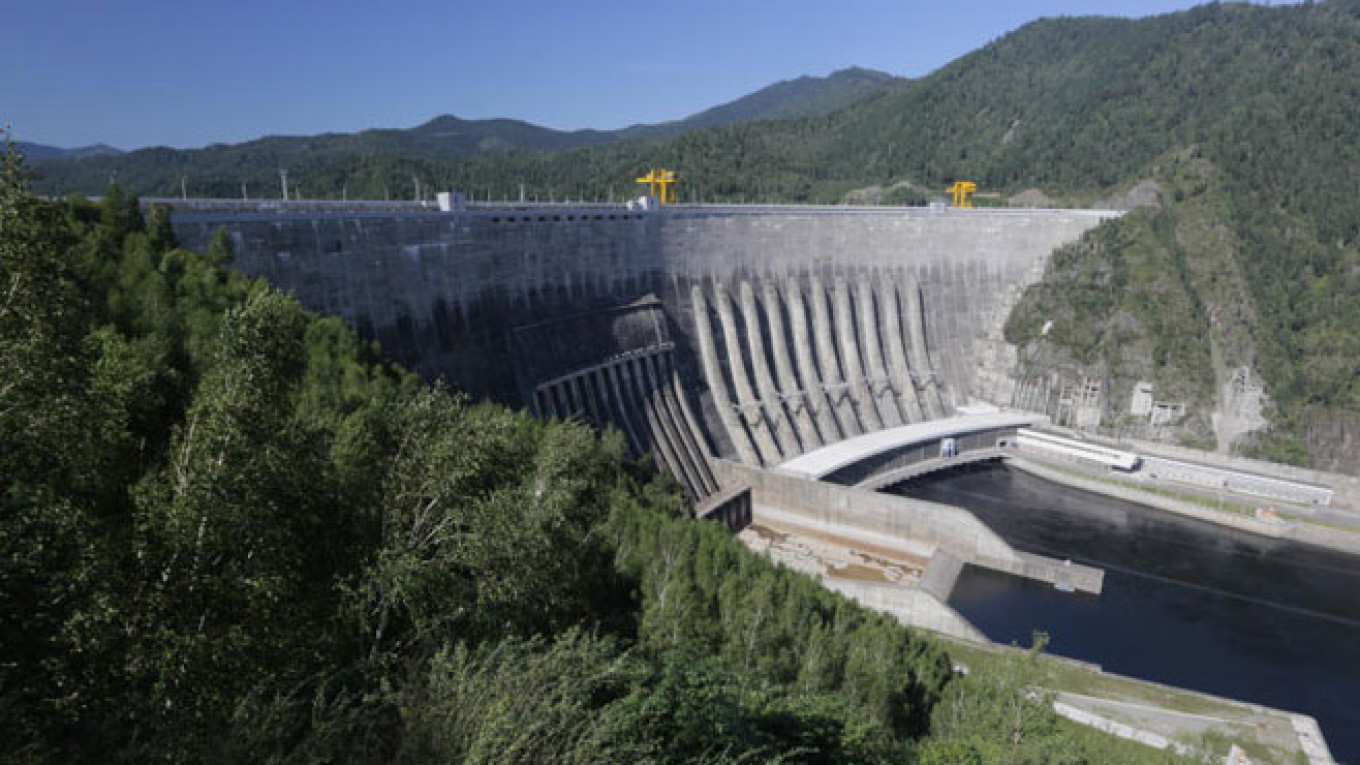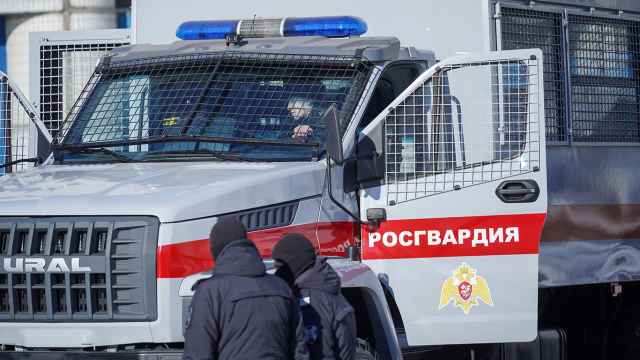The site of one of the most deadly industrial accidents in modern Russian history, the Siberian Sayano-Shushenskaya hydroelectric plant, marked on Wednesday the end of a five-year reconstruction effort after a 2009 turbine room explosion that killed 75 people.
President Vladimir Putin, currently in the Far East after taking part in an Asia-Pacific Economic Cooperation summit, participated in the ceremony via a television link.
The reconstructed power station has regained "the title of the country's best and one of the world's best hydroelectric power stations," Putin said, according to a transcript on the Kremlin's website.
An explosion in a turbine room hit the Soviet-era plant in August 2009, destroying much of the plant's infrastructure, killing 75 workers and briefly sending people living nearby fleeing for higher ground amid fears that the whole dam would collapse.
Repair work has proceeded steadily in the subsequent five years with some parts shipped thousands of miles from a factory in St. Petersburg, through the icy North Sea Passage, and up the Yenisei River on barges, according to a report by state-owned Channel One. All turbines at the plant have been replaced.
The reconstruction of the facility reportedly cost 41 billion rubles ($880 million).
Other officials present at the ceremony included head of state-owned oil giant Rosneft, Igor Sechin, who led the commission tasked with reconstructing the power plant, and Yеvgeny Dod, the head of RusHydro, the state-controlled company that runs Russia's hydroelectric facilities.
"I am sure that this work will lead to an improvement in the electricity supply for the Siberian region and that the Sayano-Shushenskaya hydroelectric plant will contribute substantially to the stable functioning of all the energy systems in the whole country," Putin said.
Built in 1978, the Sayano-Shushenskaya hydroelectric plant was the largest dam of its kind in the Soviet Union. The accident in 2009 resulted in blackouts across the region, and temporary halts to the work of several Siberian metals factories.
Four of the plant's less-damaged 10 turbines began functioning again in 2010 after the immediate damage from the accident had been cleared.
A criminal case against top managers working at the plant when the turbine room blast occurred is still ongoing amid criticism from relatives of victims that the process has been unnecessarily lengthy.
Plant director Nikolai Nivolko and chief engineer Andrei Mitrofanov are among seven former employees facing up to seven years in prison for their role in the 2009 disaster.
A Message from The Moscow Times:
Dear readers,
We are facing unprecedented challenges. Russia's Prosecutor General's Office has designated The Moscow Times as an "undesirable" organization, criminalizing our work and putting our staff at risk of prosecution. This follows our earlier unjust labeling as a "foreign agent."
These actions are direct attempts to silence independent journalism in Russia. The authorities claim our work "discredits the decisions of the Russian leadership." We see things differently: we strive to provide accurate, unbiased reporting on Russia.
We, the journalists of The Moscow Times, refuse to be silenced. But to continue our work, we need your help.
Your support, no matter how small, makes a world of difference. If you can, please support us monthly starting from just $2. It's quick to set up, and every contribution makes a significant impact.
By supporting The Moscow Times, you're defending open, independent journalism in the face of repression. Thank you for standing with us.
Remind me later.






